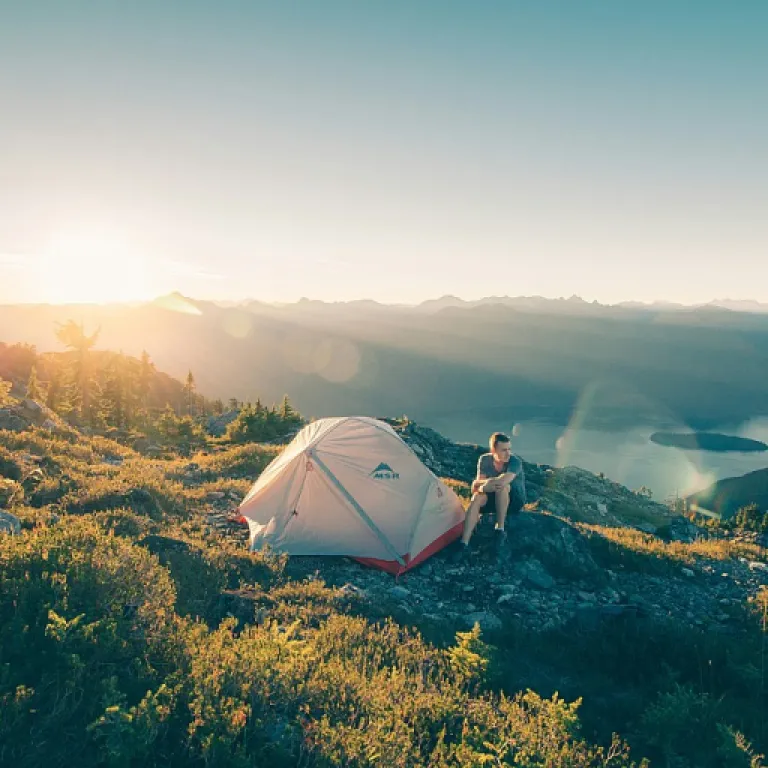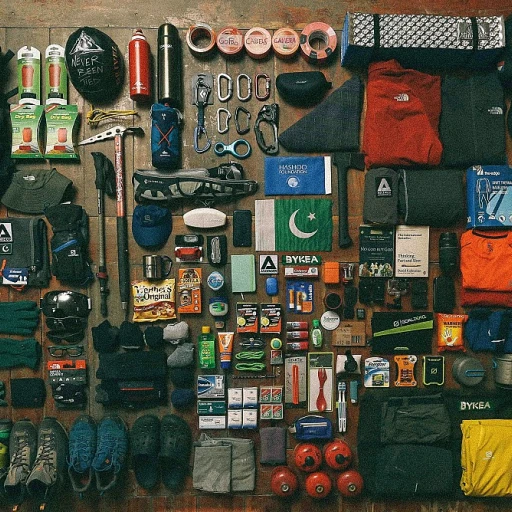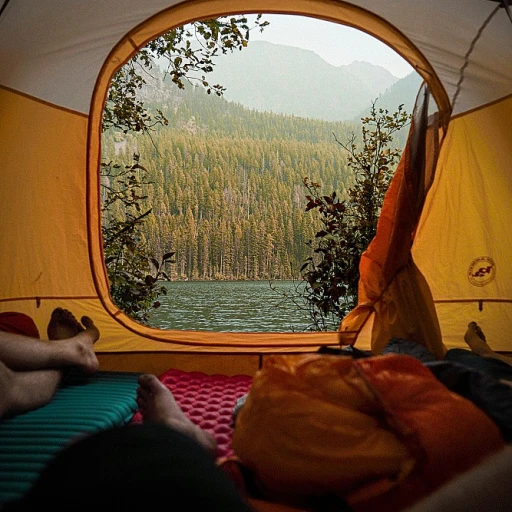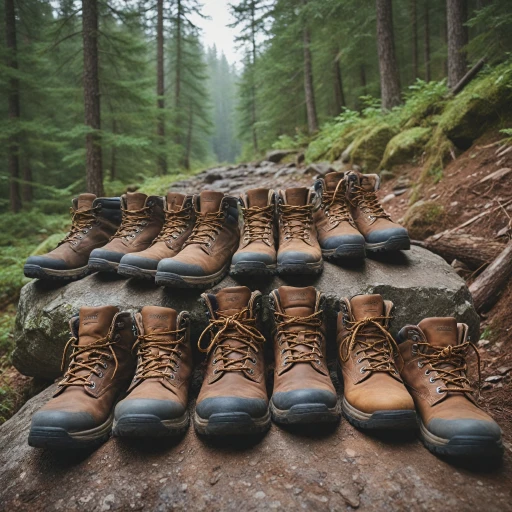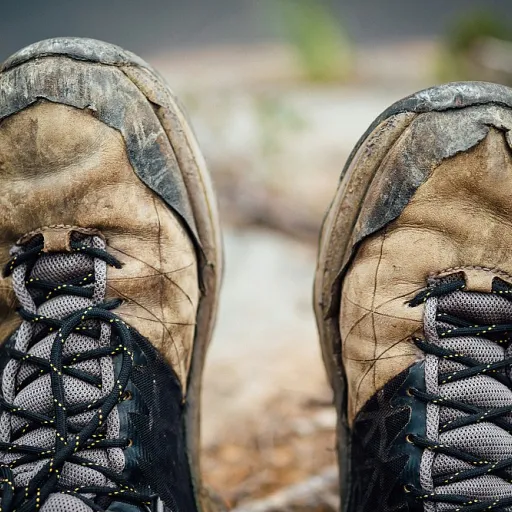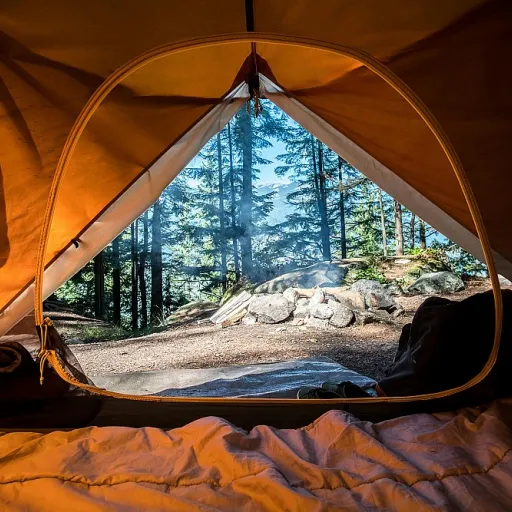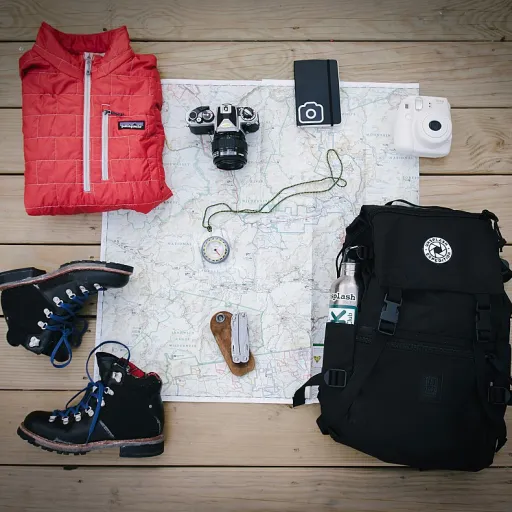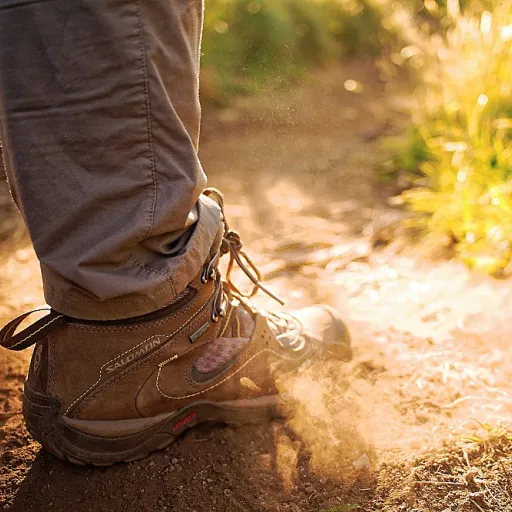
Understanding the importance of proper fit for kids' waders
Why Fit Matters for Kids’ Waders
When it comes to choosing waders for children, proper fit is more than just a comfort issue—it’s about safety, performance, and making outdoor adventures enjoyable. Ill-fitting waders can lead to discomfort, chafing, and even safety hazards, especially when kids are active in water or muddy environments. Whether you’re considering bootfoot or stocking foot waders, getting the right size ensures that young adventurers can move freely and stay protected.
- Mobility: Kids chest waders that are too tight can restrict movement, while oversized waders may cause tripping or water ingress. Look for youth waders with adjustable straps and a secure fit around the chest and foot.
- Safety: A snug fit helps prevent water from entering the wader, reducing the risk of accidents. Insulated and waterproof fishing waders designed for youth also help maintain body temperature in cold water.
- Growth Considerations: While it’s tempting to buy a larger size for growing room, excessively loose waders can compromise safety. Some brands, like TideWe and Hisea Kids, offer sizing charts to help parents select the best fit for toddler children and youth fishing activities.
Fit also impacts the effectiveness of features like neoprene waterproof materials, reinforced boots, and adjustable chest straps. A well-fitted product, whether it’s for fishing, hunting, or general outdoor play, can make a significant difference in your child’s experience. For those seeking more gear for young adventurers, check out this guide to finding the best climbing rope for kids.
Remember, the right fit is the foundation for safety and enjoyment. In the next section, we’ll look at the key features that set top waders apart for kids and youth.
Key features to look for in kids' waders
Essential Elements for Reliable Kids’ Waders
When selecting waders for children, it’s crucial to focus on features that enhance comfort, safety, and durability. The right product ensures young adventurers can enjoy fishing, hunting, or exploring streams without distraction. Here’s what to look for when comparing youth waders:
- Waterproof Construction: The primary role of waders is to keep kids dry. Look for fully waterproof materials, whether you choose neoprene, breathable fabrics, or a blend. Sealed seams and reinforced knees are key for preventing leaks, especially in active youth fishing or hunting scenarios.
- Fit and Adjustability: Adjustable shoulder straps and waist belts help achieve a snug fit, preventing water from entering the chest area. Kids chest waders should offer enough room for layering but not be so loose that they become cumbersome or unsafe.
- Bootfoot vs. Stocking Foot: Bootfoot waders (with boots attached) are popular for younger children and toddlers, as they’re easy to slip on and reduce the risk of losing a boot in muddy conditions. Stocking foot options allow for separate boots, offering more flexibility for older youth who need better traction or plan to hike longer distances.
- Insulation: For colder climates or early morning fishing, insulated waders—especially neoprene waterproof models—help keep kids warm. However, for summer or warmer regions, breathable fabrics may be preferable to avoid overheating.
- Durability and Reinforcement: Kids can be tough on gear. Reinforced knees, double-stitched seams, and abrasion-resistant materials extend the life of youth waders, making them a better investment over time.
- Pockets and Storage: Handy chest pockets or internal compartments allow children to store small essentials, like snacks or fishing lures, keeping their hands free for adventure.
- Brand and Price Considerations: Reputable brands like TideWe, HISEA, and Frogg Toggs offer a range of kids chest waders and youth waders at various price points. While budget is important, prioritize safety and durability over the lowest price. Comparing models like TideWe chest waders, HISEA kids waders, and Frogg Toggs youth fishing waders can help you find the top product for your needs.
For families seeking more details on gear selection and deals, check out this resource on finding the best climbing rope sale for your next adventure. It’s a helpful guide for making informed choices on outdoor equipment.
Ultimately, the right waders for kids balance waterproof protection, comfort, and ruggedness. Whether you’re shopping for waders toddler sizes, youth waders, or chest wader sets for older children, focusing on these features ensures young explorers stay safe and happy on every outing.
Safety considerations for young adventurers
Prioritizing Safety in Youth Waders
When selecting waders for children, safety should always come first. Whether your kids are fishing, hunting, or simply exploring streams, the right wader design and fit can make a big difference. Here are some essential safety aspects to keep in mind:
- Proper Fit and Secure Fastening: Ill-fitting waders can cause tripping or slipping, especially in wet or muddy environments. Adjustable straps and snug bootfoot or stocking foot designs help keep the wader secure on your child’s body, reducing the risk of water entry and falls.
- Buoyancy and Water Resistance: While most kids chest waders, including neoprene waterproof and breathable options, are designed to keep water out, they are not life jackets. Always supervise children near water, even if they’re wearing insulated or waterproof fishing waders.
- Non-Slip Boots: Look for waders boots or bootfoot waders with grippy soles. Brands like TideWe, HISEA, and Frogg Toggs offer youth waders with rugged outsoles that help prevent slips on rocks or muddy banks.
- Visibility: Bright colors or reflective accents on youth fishing waders make it easier to spot children in low-light or crowded conditions. This is especially important for younger kids or toddler children.
- Emergency Quick-Release: Some top kids chest wader models feature quick-release buckles, allowing for fast removal in case of an emergency. This is a valuable feature for both fishing and hunting scenarios.
- Layering and Insulation: For cold weather, insulated waders or children neoprene models help maintain body temperature. However, avoid excessive layering that could restrict movement or make it harder for your child to move safely.
Finally, always teach your kids the basics of water safety and ensure they know how to react if water enters their waders. For families with children who need extra room in the calf or boot area, check out this guide to wide-calf rubber boots for outdoor adventures for additional safety and comfort tips.
Comparing materials: neoprene vs. breathable fabrics
Material Matters: Neoprene or Breathable Fabrics?
When choosing waders for kids, the material is a key factor that affects comfort, performance, and price. Parents and young adventurers often face the choice between neoprene and breathable fabrics. Each type has its own strengths, and understanding these can help you select the right product for your child’s needs—whether it’s fishing, hunting, or just splashing around in streams.
- Neoprene waders: These are known for their excellent insulation. Neoprene waterproof waders keep children warm in cold water, making them a top pick for early spring or late fall adventures. They’re especially popular for youth fishing and hunting. However, neoprene can be less breathable, which might cause discomfort in warmer weather or during high activity.
- Breathable waders: Made from advanced synthetic fabrics, these waders allow moisture to escape while keeping water out. Breathable youth waders are lighter and more comfortable for active kids, especially during warmer months. They’re ideal for fishing waders and general outdoor play, but may require layering in cold conditions.
Both types come in various styles, including bootfoot and stocking foot options. Bootfoot waders have boots attached, simplifying the process for toddler children and reducing the risk of losing a boot in muddy terrain. Stocking foot waders require separate boots, offering more flexibility in fit and support, which can be important as children grow.
Brands like TideWe, Frogg Toggs, and Hisea Kids offer both neoprene and breathable models, with features such as reinforced knees, adjustable chest straps, and waterproof seams. When comparing price, neoprene waders often cost less but may not last as long if used in hot weather. Breathable waders, while sometimes pricier, can offer better year-round versatility for youth fishing and outdoor activities.
Ultimately, the best choice depends on your child’s main activities, the climate, and how much insulation is needed. For families who enjoy both fishing and hunting, having a list of priorities—like insulation, waterproofing, and comfort—can help narrow down the top options in the kids chest waders market.
Maintenance and care tips for kids' waders
Keeping Kids' Waders in Top Shape
Proper maintenance is essential to extend the life of kids' waders, whether they're neoprene, breathable, or insulated. Children’s outdoor gear, especially chest waders and bootfoot models, often faces mud, water, and rough use during fishing, hunting, or youth adventures. Here’s how to keep them performing well and safe for every outing.- Rinse after every use: After fishing or hunting, rinse waders with fresh water to remove mud, sand, and salt. Pay special attention to the boots and foot areas, as debris can wear down waterproof layers.
- Dry thoroughly: Hang waders upside down in a cool, shaded area. Avoid direct sunlight, which can damage neoprene and breathable fabrics. Make sure the inside of chest waders and boots dries completely to prevent mold and odor.
- Inspect for damage: Regularly check seams, stocking foot, and bootfoot connections for leaks or wear. Small punctures in waterproof fishing waders can often be patched with repair kits from brands like TideWe, HISEA, or Frogg Toggs.
- Store properly: Don’t fold or crumple waders. Hang them by the boots or chest straps to maintain their shape. For toddler children and youth waders, ensure they’re stored out of reach of pets or sharp objects.
- Clean with care: Use mild soap for tough stains, but avoid harsh chemicals. For children neoprene waders, gentle cleaning preserves insulation and waterproofing.
Extra Tips for Longevity
- Teach kids to remove waders carefully, especially bootfoot and stocking foot types, to avoid tearing seams.
- Check the fit regularly. If your child outgrows their waders, continued use can stress the material and reduce waterproof performance.
- Label waders for youth fishing or group activities to prevent mix-ups, especially when using popular products like HISEA kids or TideWe chest waders.
When to upgrade: signs your child needs new waders
Recognizing When Kids Have Outgrown Their Waders
Kids grow fast, and their outdoor gear needs to keep up. Waders that once fit perfectly can quickly become too tight or short, making adventures less enjoyable and even unsafe. Here’s how to spot when it’s time to upgrade your child’s waders:
- Fit Issues: If the chest waders are tight around the chest, legs, or boots, or if your child struggles to move freely, it’s a clear sign the wader is too small. Proper fit is crucial for comfort and safety during fishing, hunting, or hiking trips.
- Boot Problems: Check the boots or bootfoot section. If toes are cramped or the heel lifts with each step, the boots are likely too small. This can lead to blisters and discomfort, especially in insulated or neoprene waterproof models.
- Leaks and Wear: Even the best waterproof fishing waders for youth will eventually show signs of wear. Look for leaks, thinning fabric, or damaged seams, especially in high-stress areas like the knees and feet. Brands like TideWe, HISEA, and Frogg Toggs offer durable options, but all products have a lifespan.
- Changing Needs: As children get older, their activities may shift from simple pond fishing to more demanding youth fishing or hunting adventures. Upgrading to youth waders with features like stocking foot or insulated boots can make a big difference in performance and comfort.
- Outgrown Features: Waders designed for toddler children may lack the adjustability or durability needed for older kids. If your child is moving from waders toddler sizes to youth waders, consider products with reinforced knees, adjustable straps, and better waterproofing.
Budget and Value Considerations
While price is always a factor, investing in quality waders kids can grow into is often more cost-effective than buying the cheapest option. Look for brands that offer a good balance of price, durability, and features. HISEA kids, TideWe chest waders, and Frogg Toggs are popular choices among parents for their value and reliability.
Checklist for Upgrading
| Sign | What to Check |
|---|---|
| Fit | Chest, legs, and boots are snug or restrictive |
| Boot Comfort | Toes cramped, heel lifts, or blisters appear |
| Waterproofing | Leaks, worn seams, or thin spots in neoprene or breathable fabric |
| Activity Level | Child’s needs have changed (e.g., more fishing hunting trips) |
| Features | Outgrown toddler features, needs youth fishing or hunting upgrades |
Regularly checking your child’s waders ensures they stay safe, dry, and comfortable on every adventure. Whether you’re choosing neoprene waterproof waders for cold streams or lightweight stocking foot waders for summer fishing, timely upgrades make all the difference for young outdoor enthusiasts.

